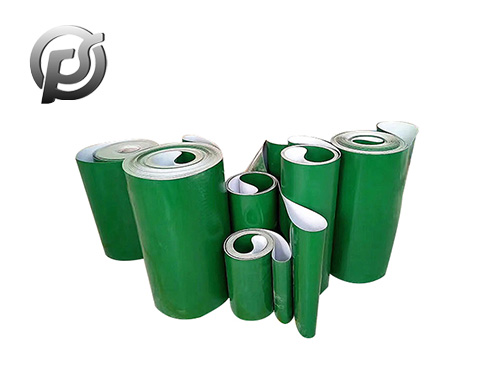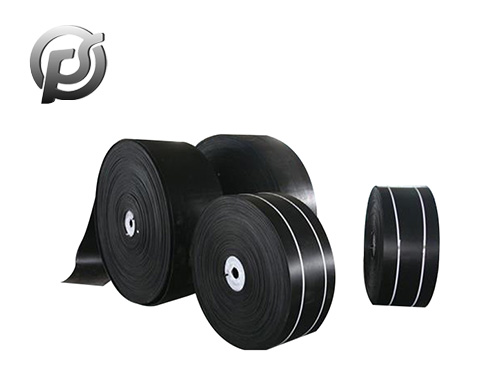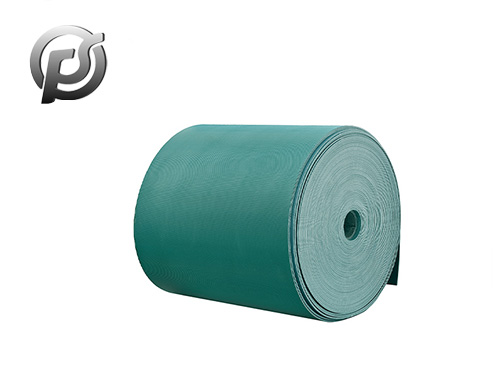First, the main causes of damage:
1. Pressure pulley:
A. The small and large wheels have different linear velocities, but the large and small wheels are welded together to force the small wheel to travel at the same speed as the large wheel. In this way, the wheel and the top of the skirt form a drag friction;
B. Due to the large diameter of the wheel, the top of the skirt plate is forced to crush. Add drag and friction, and the dress will soon wear and tear.
2. Check the defects of the long return roll, which can not be seen from the photos. Are some parts worn out by direct contact with the dress? Is the belt tight? If the belt is not tight, the belt will beat the roller up and down in the process of operation, resulting in skirt cracking.
3. The distance between the short roll and the skirt is small, and the top of the short roll is in direct contact with the skirt.
4. An Angle is missing on the outside of the top of the partition board, indicating that there is a scraping collision between the partition board and the steel component.
two Suggestions for improvement:
1, the pressure belt wheel must be replaced, small wheel has a separate bearing, so that it can rotate independently; The diameter of the mini-wheel is reduced, so it usually does not attach to the top of the skirt plate.
2. If the return long roll is in contact with the skirt, lower the long roll so that the skirt is not in contact with it; Alternatively, the short roll is raised so that the top of the skirt plate does not touch the long roll.
3. Adjust the distance between the end of the short roll and the edge of the skirt plate. If there is a deviation, the roller ends will not wear along with the hem.
Three, key points:
1. The skirt and separator of the conveyor belt should not be in direct contact with the steel. If there is contact, improvements must be taken to eliminate the contact.
2. The function of skirt is to block the material and prevent the material from being transported to both sides of the material; The function of the separator is to carry the material, prevent sliding, to achieve the principle of large Angle transportation.
3. The maintenance principles are as follows:
A. In case of damage, check whether it is in direct contact with the equipment;
B) Eliminate danger.
 Optimizing Operations with PE Conveyor Belts: Durability, Efficiency, and Versatility
Optimizing Operations with PE Conveyor Belts: Durability, Efficiency, and Versatility
 Exploring the Efficiency and Versatility of Light Conveyor Belts
Exploring the Efficiency and Versatility of Light Conveyor Belts
 Polyester Conveyor Belts: Enhancing Efficiency and Reliability in Material Handling
Polyester Conveyor Belts: Enhancing Efficiency and Reliability in Material Handling